Stephen Barnes - Southern Football Netball League
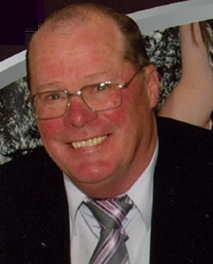
Stephen Barnes says he’s just one contributor, enormously proud with the development of the SFNL this past decade, and believes that everyone involved should share his pride.
“I love that a group of people came together when the league was in a delicate situation,” said Barnes.
“At its lowest point, they put in a mighty effort and the league’s had growth.”
Barnes acted on the SFNL committee from ’06 to ’12. A well-deserved life member, he served the league when needed the most.
His history with the league dates back to the 1970s with Murrumbeena. Captain, coach and Best & Fairest in a premiership season - Barnes has coached the Lions in three separate decades, leading again from the sidelines in ’98 and ’05.
Barnes is now the President of the Carrum Patterson Lakes Football Club, a club that only joined the league in 2013.
“To have the club, now two-and-a-half-years on, competitive the entire time has been great,” Barnes beamed.
“I’m so proud of the (club) project that a small group of us have tackled.”
A true believer in the power of grassroots football, Barnes understands the impact it has had in his area.
“The community really supports the club, the reward has been seeing the pleasure people have from having a local football club,” Barnes said.
Barnes also acknowledges the importance of junior pathways, keeping clubs supplied with players. In 100 years of existence, this season is the first the club has fielded both Under 17s and Under 19s squads.
“(They are) terrific kids that hopefully aspire to be seniors footballers at Carrum if they don’t play at a higher level,” Barnes proclaimed.
Barnes shares his excitement for the future of his club as well as the league’s prospects, affirming the SFNL’s greatest asset is in the divisional structure and the system of promotion and relegation.
“Divisional football offers clubs a chance to go down a grade and rebuild instead of bashing their heads against the wall,” Barnes said.
Barnes added that the current state of the league will have more clubs wanting in to the SFNL.
“The reputation we’ve built over the last 10 years, the board and administration, is such that people take us seriously now,” Barnes declared.
“Untapped areas of growth will continue to add clubs.”
As for the Hall of Fame, Barnes is grateful while remaining humble.
“I know a lot of them and it’s and absolute honour to be among them,” he said.
Barnes said he wouldn’t change his journey for anything, owing it all to his wife for her support and encouragement.
By James Raknes
Ted Woods - South East Suburban Football League
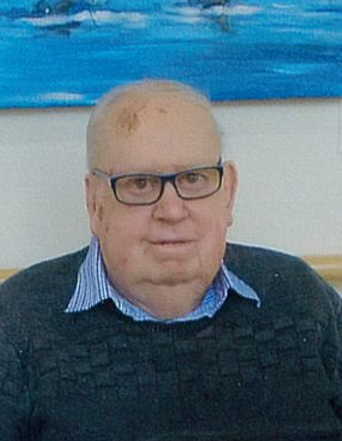
Ted Woods is one of the most revered figures at the East Brighton Football Club.
Described as a “good, honest footballer” and a “fair exponent of the stab pass”, Woods notched 102 games during his playing career with East Brighton between 1952 and 1964. Although a centreman in his early days, Woods excelled off half back and on a wing, and became somewhat of a cult figure at the club as he was the only player to wear spectacles on the field.
He spent a season with Brighton in the VFA in 1954 but, with his eyesight deteriorating, he returned to the Vampires in 1955 and claimed the club and the league Best and Fairests that year. Woods was also a member of the 1962 reserves premiership team – East Brighton’s first senior flag.
But Woods’ greatest achievements came during his legendary 18-year tenure as coach of East Brighton’s Under 17s side. During his two stints at the helm between 1958 and 1980, the Vampires were the undisputed powerhouse of the competition, winning no fewer than 11 premierships.
Of those 18 years in charge, Woods’ team missed the finals just twice – an incredible feat – and a defeat during the 1965 season ended a stunning 76-game winning streak.
Part of the reason behind his team’s sustained dominance was his ability to lure the best players down to Hurlingham Park. One of these players was Steve Hill, the current President of East Brighton and a member of Woods’ 1974 premiership team.
“(He) certainly attracted the best talent in the local area for a long time,” Hill said.
“His ability to attract players was (remarkable)… he used to go and attract players and get their parents on side.”
One of the ways Woods managed this was by going to watch the best kids in the junior competitions with a couple of slabs of beer in the back seat of his car. After the game had finished, he would approach the player and his parents and, after a few amber beverages with Woods, the player’s parents would be encouraging their son to move to the Vampires.
According to Hill, Woods “coached the best part of a dozen VFL players” throughout his East Brighton years, including Carl Ditterich, Mordecai Bromberg and Doug Booth.
Hill described Woods as “dedicated to the task” and joked that he “was married to footy”, such was his dedication to the club and the game.
“He was… just a lovely bloke and just lived for it. If you ever wanted a conversation with him just bring up football,” Hill said.
Woods has been a life member of his beloved East Brighton since 1959 and his induction into the SFNL Hall of Fame is further recognition of a life devoted to grassroots footy.
By Will Hunter
Robert Spaulding - South East Suburban Football League
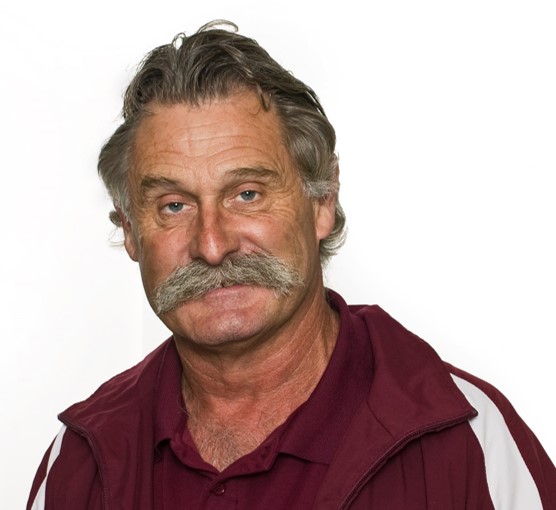
Robert Spaulding runs his football club like a family. He’s been at the Murrumbeena Football Club since he was 12-years-old.
In over 25 seasons Spaulding’s notched 500 games with the club, playing his first senior match at age 16.
Living in the local area, the closest club was at Murrumbeena Park on Kangaroo Road. Spaulding played for the Lions from ‘65 to ’95 including three premierships – captain-coach in one of them.
Through his experience with community football, Spaulding says it’s certainly changed since playing. “It’s faster, not by leg speed, but by team’s skill.” Spaulding also noted that the press continues to evolve.
“The body shape will change… powerful legs over tall and thin – you need to break through packs,” said Spaulding. He believes that in local footy, with 12 or more people around the ball only the stronger bodies will thrive.
Adding to his playing career is 40 years of committee service, 12 serving as President. In his long tenure, Spaulding has built and helped create a very close, unified club.
Every player knows exactly what to expect when playing for Murrumbeena. Common among teams is a player handbook, but the club takes it a step further adding detailed information to make sure everyone is well versed.
“The number one goal is to have a happy club,” Spaulding said. “To do that you’ve got to have success, starting with a good structure, culture and values.”
Spaulding is committed to the club instilling ownership to the playing group. “Teach them to be leaders and they’ll take a bit more pride,” Spaulding explained. “Maybe they’ll be the next administrators.”
A strong believer in youth, Spaulding says to build the culture while developing the juniors program.
“We’re after just five kids a year coming through,” he said. “In four years if only half play seniors we’re heading in the right direction.”
Understanding the increasing need to entertain the spectators, Spaulding has Auskick grid games at halftime. Allowing club sponsors to award medallions to the kids is great for business. Irish football and even hurling exhibitions amuse the crowd; the club even has an Oktoberfest function.
“Football is 12 months a year, it’s nonstop, every spare minute you have,” Spaulding laughed.
His board each put around 30-hours a week into the club. “I believe (the) committee should be at training… our culture is if the boys are out there working, we should be too,” he said.
With 50 years contribution to the Beena, Spaulding has been there for half of the club’s existence. Past player, coach and administrator – he is well deserving of his Hall of Fame induction.
“We’re developing as we go along, continually raising the standard. With good helpers and good people around, mate we’ll get there. But nothing happens without planning,” Spaulding said.
By James Raknes
Con Gorozidis - Southern Football Netball League
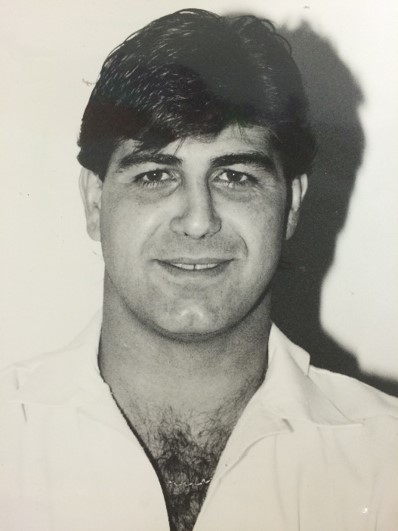
After making a name for himself during his fleeting career in the VFL, Con Gorozidis became one of the biggest names in local footy in the 1990s.
Throughout his career, Gorozidis was a solidly-built forward who knew where the goals were and he went on to become one of the most prolific goalkickers the SFNL has seen. He is the only man to have been crowned the Southern League’s leading goalkicker on four occasions, which he achieved during his stints with Bentleigh, East Brighton and Murrumbeena.
Recruited to St Kilda as an 18-year-old in 1980, Gorozidis booted 34 goals in 13 games to top the goalkicking at the Saints in just his second year at the club. Dubbed ‘the Golden Greek’, he quickly became a fan favourite at Moorabbin Oval.
He spent just one more season at the Saints before crossing to Footscray in 1983. But his career at the top level ended at the year’s end after a total 34 games and 74 goals.
Gorozidis then played six seasons with VFA club Sandringham in the late ‘80s before he joined ESPCFA club Bentleigh in 1990. He had immediate success too, bagging a truckload of goals and winning a premiership in his first year at the club.
His childhood mate and former teammate at St Kilda and Sandringham, John Bennett, then convinced Gorozidis to move to East Brighton. It led to the highlight of his SFNL career when the Vampires won the 1993 Division One premiership, defeating the all-conquering Noble Park against all odds.
Gorozidis was the SFNL’s leading goalkicking that year with 67 goals.
“I’ll never forget that year, ’93... That was probably the most enjoyable moment in my local footy career,” Gorozidis said.
He won back to back SFNL goalkicking awards in 1998 (98 goals) and 1999 (68) during his second stint with the Demons and added his fourth at Murrumbeena in 2001 with 91 majors. He helped the Beena win the Division Two flag two years later.
Although undeniably a prodigious talent, Gorozidis said his teammates had a lot to do with his success during his SFNL days.
“I was pretty lucky I was playing with good players,” he said.
By Will Hunter
Bill Ostle - Federal Football League
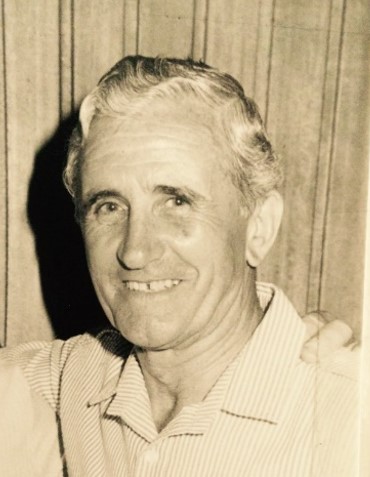
‘Tough love’ and ‘hard but fair’ seem to be part of the mantra of old-school coaches.
Bill Ostle was certainly of that mould and was loved and respected and by all of the players he coached throughout his highly decorated career in the Federal Football League.
He began his coaching career with Cheltenham in 1956 and helped the Rosellas claim the reserves grade premiership in 1958. He then moved across to East Malvern the following year where he won another four senior premierships in seven years.
He also took charge of the FFL’s interleague team in 1970 and 1971.
But while his impressive coaching record speaks for itself, what is less obvious was his ability to motivate, inspire and connect with his players. This was what made him the coaching great he was and is a massive part of the legacy he left behind.
One of Ostle’s former charges at East Malvern was John Collins, the former President of the Beaumaris Football Club.
Ostle’s daughter, Judy, who had sons playing at the Sharks at the time, remembered mentioning to Collins that her dad had played and coached at East Malvern. Collins then asked Judy what her dad’s name was.
“(When I told him) his comment was (that) he was the toughest coach (he had) ever played under,” Judy recalled.
“He was 17 at the time and they were at training and exhausted and dad said: ‘right, boys, five more laps of the oval!’ They were cursing him but as (dad) was doing the laps also (they) couldn't back out.
“Later in the dressing rooms they watched as dad took off his footy boots and the stops of his boots had broken through (the soles) and his feet were bleeding. John said he washed his feet, put his shoes on and hobbled home.”
Tough as nails was Ostle, and he inspired his troops to be just as resilient. He had an amazing ability to motivate his players and get the best out of them.
One of his most famous disciples, the legendary Tom Hafey (Ostle coached all of the Hafey boys at East Malvern), wrote in his book that Ostle was a truly inspiring coach, which is a tremendous tribute to the great man.
Ostle left an indelible mark on every player he coached and his impact at both clubs will never be forgotten.
By Will Hunter
To read about the other Hall of Fame inductees CLICK HERE




